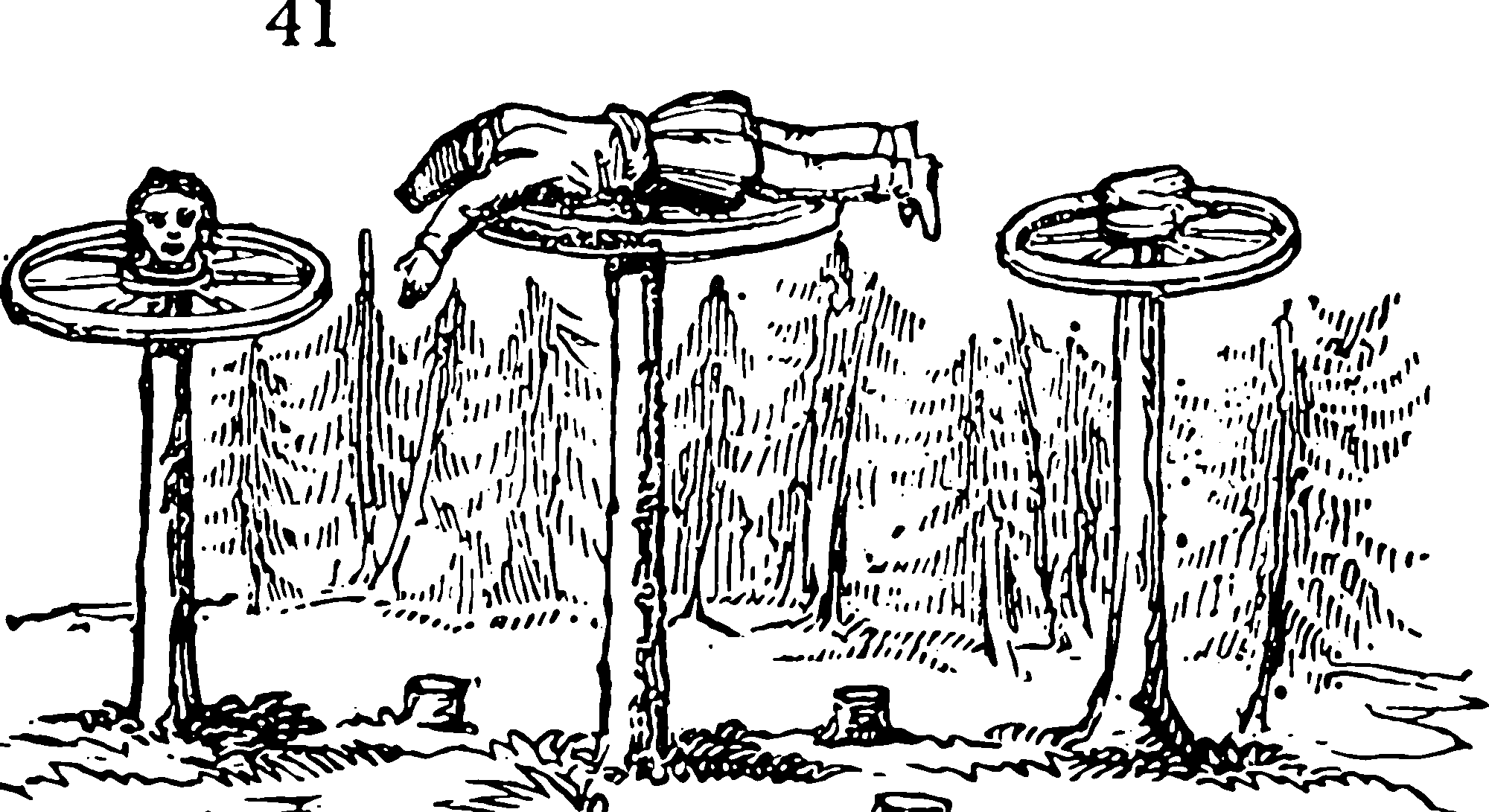Efficient factoring of GP likelihoods
2020-10-16 — 2020-10-26
Wherein GP likelihoods are shown to be factorised by combining sparse inducing points with variational approximations, so that high-dimensional expectations reduce to functions of univariate Gaussians.
There are many ways to cleverly slice up GP likelihoods so that inference is cheap.
This page is about some of them, especially the union of sparse and variational tricks. Scalable Gaussian process regressions choose cunning factorisations such that the model collapses down to a lower-dimensional thing than it might have seemed to need, at least approximately. There is a compilation of tricks to make this go — variational approximations a model, sparse GP models where there are a small number of inducing points (Dezfouli and Bonilla 2015; Edwin V. Bonilla, Krauth, and Dezfouli 2019; Krauth et al. 2016; Hensman, Fusi, and Lawrence 2013; Salimbeni and Deisenroth 2017). You might suspect yourself of using such a method if you find that some important high-dimensional expectation can be evaluated by some function of univariate Gaussians.
There are indeed a lot of different factorisations that can be done here; See filtering GPs for one which factorises over a single input axis. Other tricks from outside GPs which factorise a distribution cleverly, such as message-passing inference are likely useful here. Also, Toeplitz and related structures work out nicely for, e.g. lattice-distributed inputs and some other situations I forget right now.
1 Inducing variables
2 Inducing features
See GP inducing features.
3 Spectral and rank sparsity
Loosely speaking, where the functions can be represented in a small number of (hopefully tractable) basis functions. See, for example (Adam et al. 2020; Zammit-Mangion and Cressie 2021).
4 Lattice inputs
5 SVI for Gaussian processes
As seen in Hensman, Fusi, and Lawrence (2013);Salimbeni and Deisenroth (2017).
6 Low rank methods
Represent the GP in terms of a controlled budget of basis functions. See low-rank Gaussian processes.
7 Vecchia factorisation
Approximate the precision matrix by one with a sparse Cholesky factorisation. See Vecchia factorisation.
8 Local
9 Latent Gaussian Process models
The Edwin V. Bonilla, Krauth, and Dezfouli (2019) set up for Latent Gaussian Process models (“LGPMs”) goes as follows:
We are learning a mapping \(\boldsymbol{f}:\mathbb{R}^D\to\mathbb{R}^P\) from data. The dataset looks like \(\mathcal{D}=\left\{\mathbf{x}_{n}, \mathbf{y}_{n}\right\}_{n=1}^{N}\equiv \left\{\mathbf{x}, \mathbf{y}\right\}.\) \(\mathbf{x}_{n}\in \mathbb{R}^D\) is an input vector and \(\mathbf{y}_{n}\in\mathbb{R}^P\) is an output. We decree that the mapping from inputs to outputs may be expressed by \(Q\) underlying latent functions \(\left\{f_{j}\right\}_{j=1}^{Q}.\) We assume that the \(Q\) latent functions \(\left\{f_{j}\right\}\) are drawn from (a priori) independent zero-mean Gaussian processes.
\[ \begin{aligned} p\left(f_{j} \mid \boldsymbol{\theta}_{j}\right) & \sim \mathcal{G} \mathcal{P}\left(0, \kappa_{j}\left(\cdot, \cdot ; \boldsymbol{\theta}_{j}\right)\right), \quad j=1, \ldots Q, \quad \text { and } \\ p(\mathbf{f} \mid \boldsymbol{\theta}) &=\prod_{j=1}^{Q} p\left(\mathbf{f}_{\cdot j} \mid \boldsymbol{\theta}_{j}\right) \\ &=\prod_{j=1}^{Q} \mathcal{N}\left(\mathbf{f}_{\cdot j} ; \mathbf{0}, \mathbf{K}_{\mathbf{x x}}^{j}\right). \end{aligned} \] Here \(\mathbf{f}\) is the set of all latent function values; \(\mathbf{f}_{\cdot j}=\left\{f_{j}\left(\mathbf{x}_{n}\right)\right\}_{n=1}^{N}\) denotes the values of latent function \(j\). The Gram matrix is \(\mathbf{K}_{\mathrm{xx}}^{j}\), induced by a covariance kernel, \(\kappa_{j}\left(\cdot, \cdot ; \boldsymbol{\theta}_{j}\right)\). The parameters of all kernel functions we call \(\boldsymbol{\theta}=\left\{\boldsymbol{\theta}_{j}\right\}.\) Our observation model can have various likelihoods; We call the corresponding parameter \(\boldsymbol{\phi}\). We assume that our multi-dimensional observations \(\left\{\mathbf{y}_{n}\right\}\) are i.i.d. given the latent functions \(\left\{\mathbf{f}_{n}\right\},\) so that \[ p(\mathbf{y} \mid \mathbf{f}, \boldsymbol{\phi})=\prod_{n=1}^{N} p\left(\mathbf{y}_{n} \mid \mathbf{f}_{n \cdot}, \boldsymbol{\phi}\right) \] \(\mathbf{f}_{n\cdot}=\{f_{j}(\boldsymbol{x}_n)\}_{j=1}^{q}\) is the set of latent \(\boldsymbol{f}\) values upon which \(\mathbf{y}_{n}\) depends.
There are several factorizations to note here
- The prior is factored into latent functions per-coordinate
- the conditional likelihood is factored over observations (i.e. noise is independent)
If we further factorise the variational approximation in some way this will work out nicely, e.g. into Gaussian mixtures. This works out well for us when we try to devise a system of inference later to minimise the ELBO. TBC.
For now, though, let us examine exactly tractable inference
